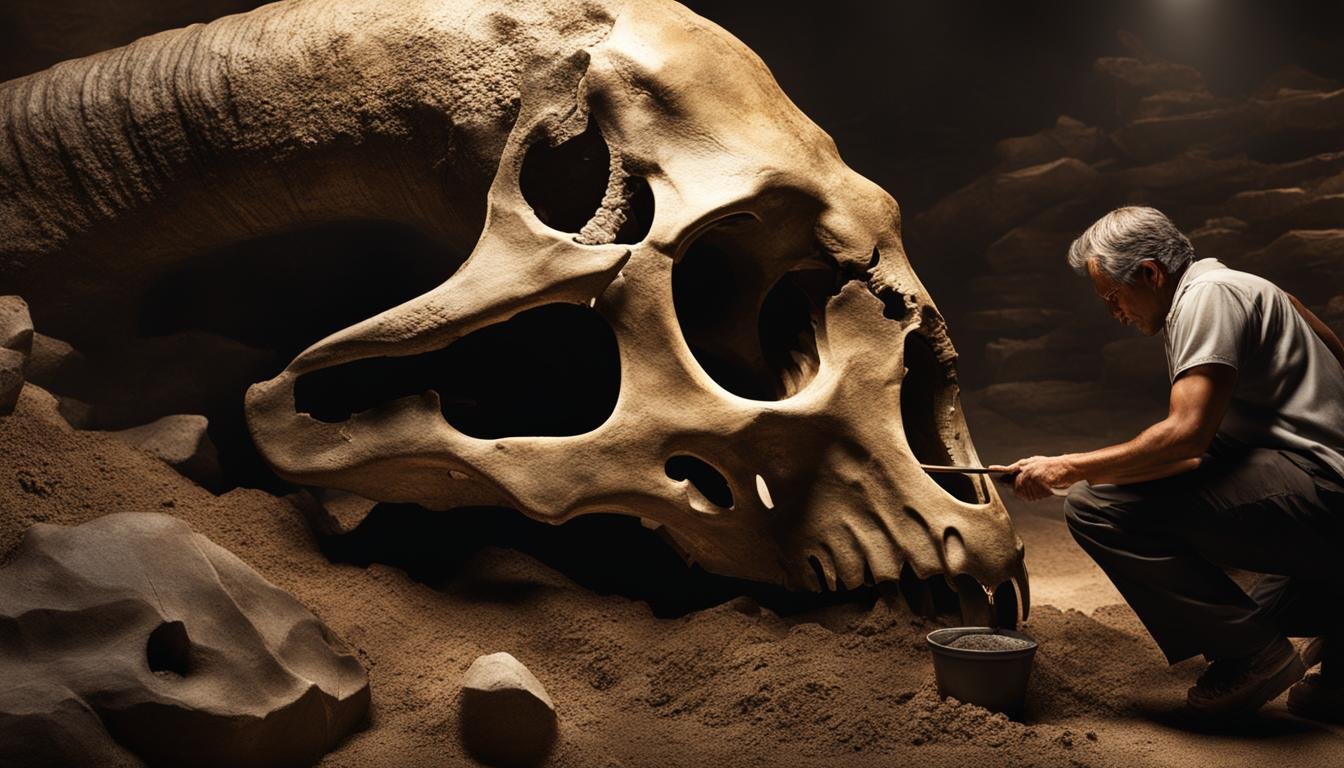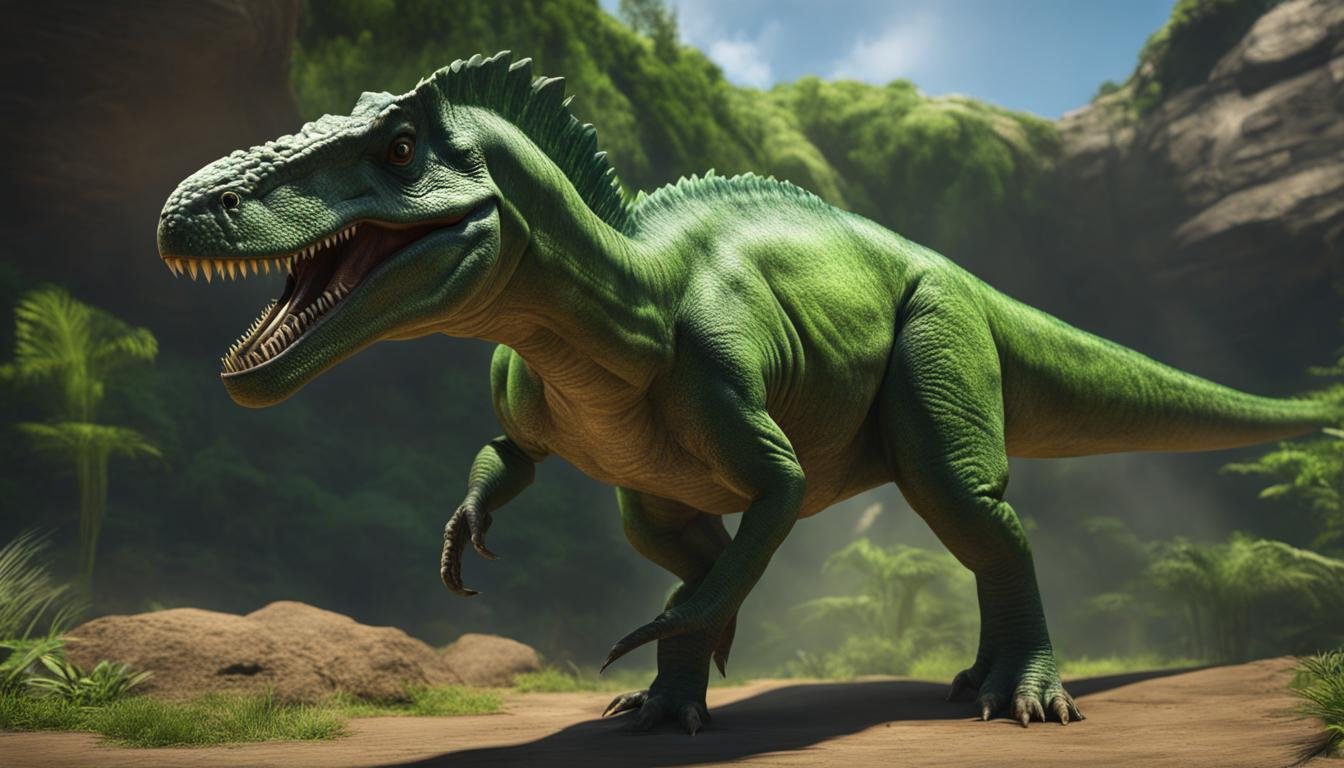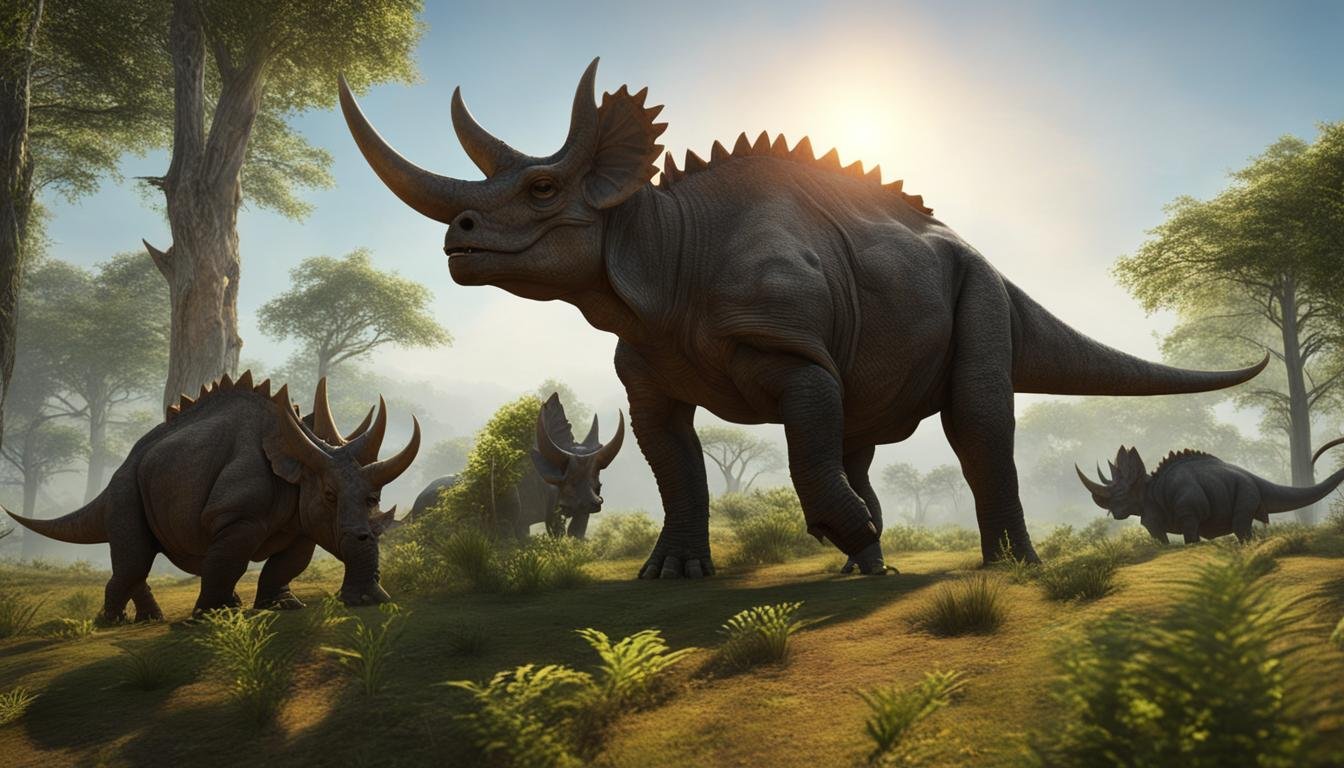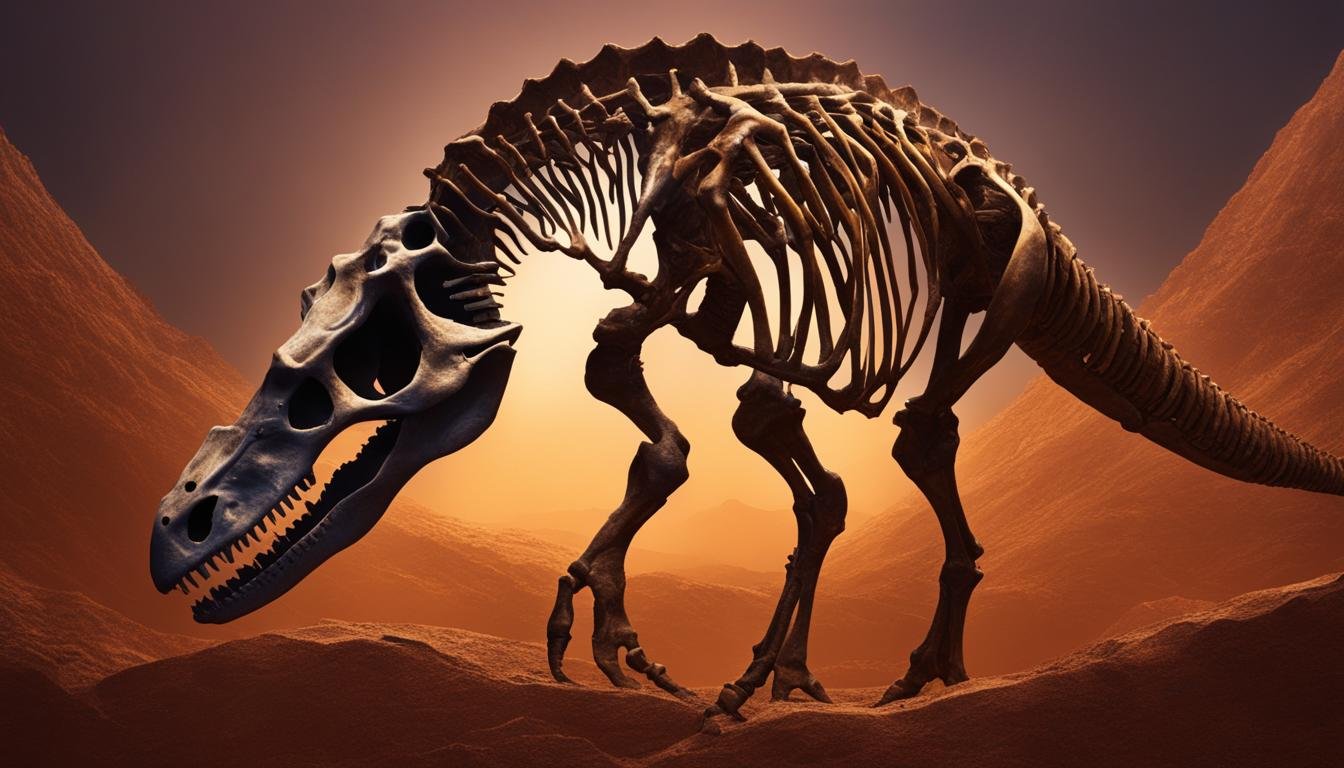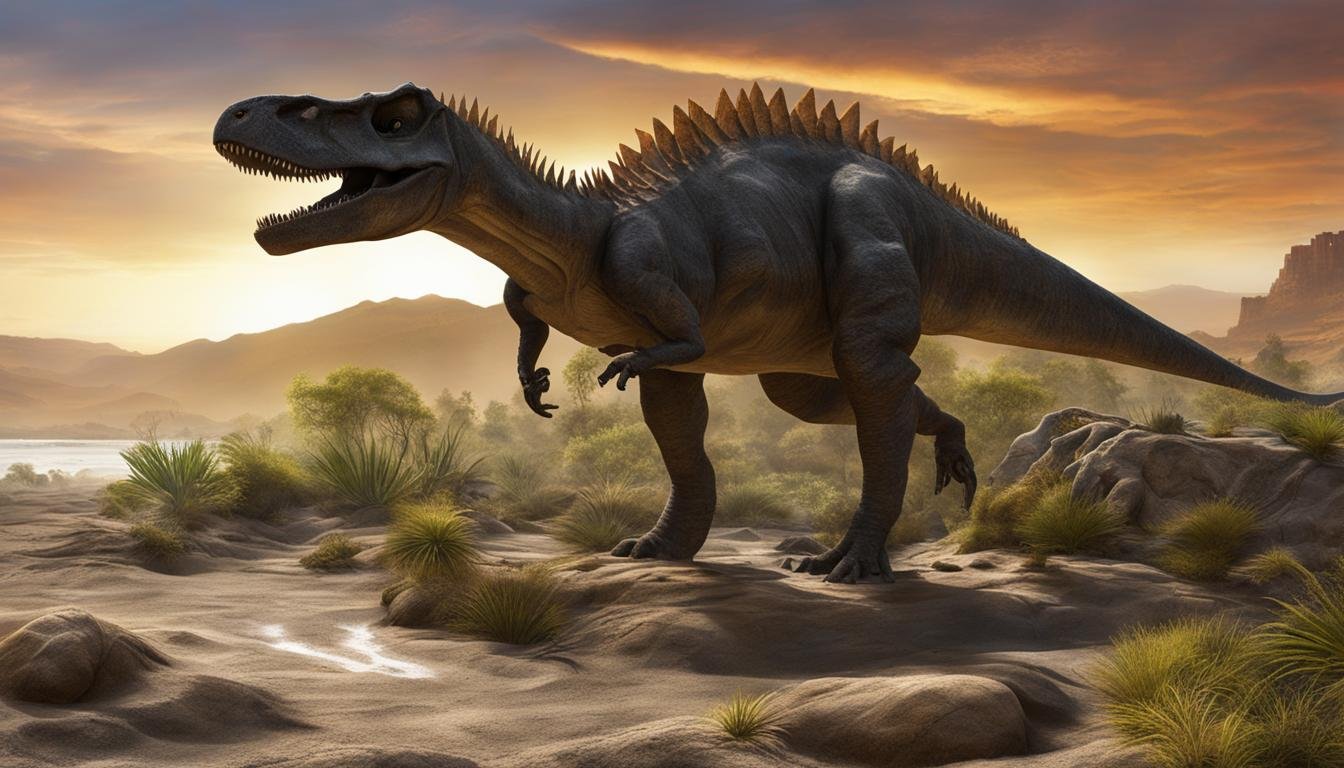The study of dinosaur evolution relies heavily on fossil evidence, providing valuable insights into the ancient history of these magnificent creatures. By examining dinosaur fossils, scientists can uncover clues about the evolution and diversity of dinosaurs over millions of years.
The fossil record is like a time capsule that allows us to piece together the puzzle of dinosaur evolution. Fossils provide tangible evidence of the existence of dinosaurs, their physical characteristics, and the environments they inhabited.
| Main Point | Description |
|---|---|
| Importance of Dinosaur Fossils | Dinosaur fossils are essential for understanding the evolutionary history and the diverse characteristics of dinosaurs. |
| Evidence of Physical Characteristics and Diversity | Fossils reveal the physical traits and the wide range of diversity that existed among dinosaurs. |
| Reconstruction of Ancient Worlds | Studying dinosaur fossils is key to reconstructing their ancient habitats and understanding the evolutionary processes that influenced their development. |
| Rarity of Fossilization | The fossilization and preservation of dinosaur remains are rare events, making each fossil find extremely valuable. |
| Types of Fossils | Both body fossils and trace fossils are important, as they provide comprehensive insights into different aspects of dinosaur life and evolution. |
Dinosaur Fossil Discoveries
The study of dinosaur fossils has played a crucial role in understanding the evolutionary history of these magnificent creatures. Fossil discoveries from various parts of the world have provided valuable insights into the diversity, timing, and geographic distribution of dinosaurs.
One significant fossil-rich site is the Ischigualasto Formation in Argentina, which has yielded an abundance of fossils from the earliest dinosaurs. These fossils, combined with others found across South America, have long supported the idea that dinosaurs first appeared on this continent when it was part of the supercontinent Pangaea. However, recent research has challenged this notion by suggesting that there may have been overlapping dinosaur populations in both South America and North America during the same time period.
Additionally, the Chinle Formation in North America has produced fossils of more evolved dinosaurs, indicating that they might have coexisted with their early counterparts in South America. This finding suggests a more complex picture of dinosaur evolution and dispersal, and it prompts further investigation into the intercontinental connections and patterns of dinosaur distribution.
| Location | Type of Fossils | Significance |
|---|---|---|
| Ischigualasto Formation, Argentina | Earliest dinosaur fossils | Supports the idea of dinosaurs originating in South America |
| Chinle Formation, North America | Fossils of more evolved dinosaurs | Indicates coexistence with early dinosaurs in South America |
These fossil discoveries highlight the complexity of dinosaur evolution and emphasize the need for continued research to unravel the mysteries of their ancient existence. By examining the fossil record and analyzing the geologic context in which they are found, scientists can piece together the story of how dinosaurs evolved, diversified, and spread across the globe.
Dinosaur Evolutionary Patterns
The study of dinosaur fossils has provided valuable insights into the evolutionary patterns of these extraordinary creatures. The fossil record reveals that dinosaurs underwent rapid diversification during the Early Jurassic period, establishing themselves as dominant terrestrial inhabitants. However, it was during the Late Jurassic through the Late Cretaceous period that dinosaurs truly flourished, exhibiting a remarkable range of species and significant taxonomic diversity.
One of the most fascinating evolutionary patterns observed in the fossil record is the divergence of birds from their flightless theropod ancestors. This transformation occurred during the Late Jurassic period, leading to an explosion in avian diversity. Fossil evidence has allowed scientists to trace the evolutionary relationships between different groups of dinosaurs and their common ancestors, unraveling the intricate web of life that existed millions of years ago.
“The Late Jurassic through the Late Cretaceous period marked the heyday of the dinosaurs, with an incredible variety of species and significant taxonomic diversity. Fossil evidence has shed light on the incredible evolutionary journey of these ancient creatures.” – Dr. Jane Parker, Paleontologist
To understand the evolutionary history of dinosaurs, it is crucial to analyze not only their physical traits but also their ecological adaptations. For example, the discovery of fossilized footprints and coprolites (fossilized feces) provides valuable information about dinosaur behavior and their interactions with the environment. By studying these fascinating fossil remnants, scientists can reconstruct the ancient world and gain a deeper understanding of the evolutionary processes that shaped dinosaurs.
| Dinosaur Group | Time Range | Examples |
|---|---|---|
| Theropods | Triassic – Cretaceous | Tyrannosaurus rex, Velociraptor, Allosaurus |
| Sauropodomorphs | Triassic – Cretaceous | Diplodocus, Brachiosaurus, Apatosaurus |
| Ornithischians | Triassic – Cretaceous | Stegosaurus, Triceratops, Ankylosaurus |
| Birds (Avialans) | Jurassic – Present | Archaeopteryx, Anchiornis, Velociraptor (considered a bird descendant) |
The table above highlights the taxonomic diversity of dinosaurs and their respective time ranges. It showcases the wide array of dinosaur groups, including theropods, sauropodomorphs, ornithischians, and birds. Each group played a significant role in the evolutionary history of dinosaurs, contributing unique characteristics and adaptations to the prehistoric world.
In conclusion, the study of dinosaur fossils has allowed scientists to uncover fascinating evolutionary patterns. From the rapid diversification during the Early Jurassic to the golden age of dinosaurs in the Late Jurassic through the Late Cretaceous, the fossil record provides a window into the ancient world. By analyzing the evolutionary relationships, behaviors, and ecological adaptations of dinosaurs, we gain a deeper appreciation for their incredible journey and the dynamic nature of life on Earth.
Fossilization and Preservation of Dinosaur remains
The fossilization and preservation of dinosaur remains provide valuable evidence for the study of dinosaur evolution. Fossils are formed when the remains of an organism undergo a process of mineralization after being buried. In the case of dinosaur fossils, they are usually found in sedimentary rocks deposited by ancient rivers. However, the conditions required for fossilization are specific, making the preservation of dinosaur remains a rare occurrence.
There are two main types of dinosaur fossils: body fossils and trace fossils. Body fossils include bones, teeth, and skin impressions, which give us direct insights into the anatomy and physical characteristics of dinosaurs. Trace fossils, on the other hand, include footprints and coprolites (fossilized feces), providing evidence of dinosaur behavior and their interactions with the environment.
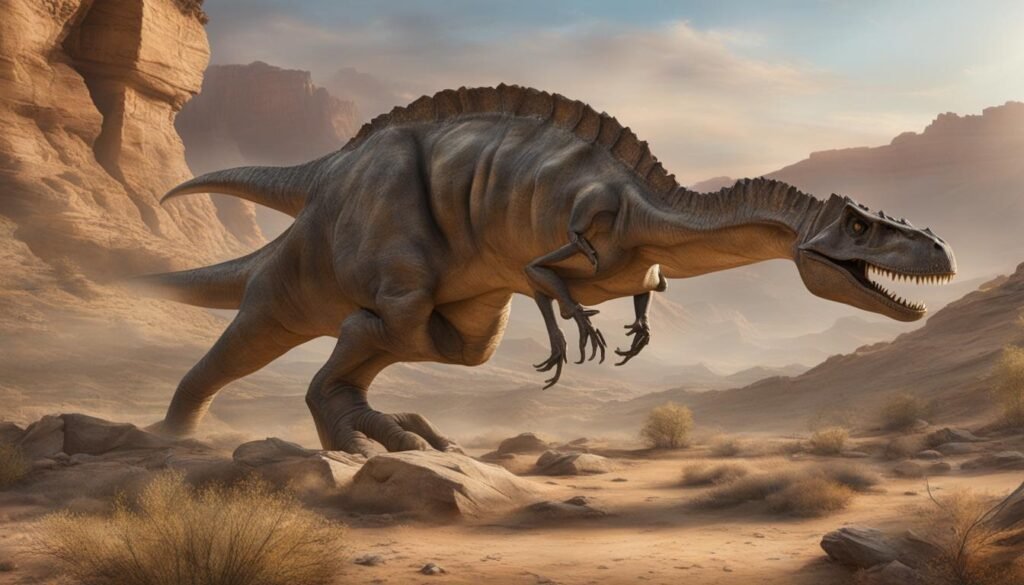
The study of these fossils, along with the geological context in which they are found, helps scientists reconstruct the ancient world and understand the evolutionary processes that shaped dinosaurs. By analyzing the distribution and abundance of dinosaur fossils, researchers can gain insights into their habitat preferences, migration patterns, and overall ecological dynamics.
| Fossil Location | Fossil Type | Significance |
|---|---|---|
| Morrison Formation, United States | Body fossils (bones, teeth) | Rich source of Late Jurassic dinosaur fossils, including iconic species like Stegosaurus and Allosaurus. |
| Dinosaur Provincial Park, Canada | Body fossils (bones, teeth), trace fossils (footprints) | Extensive dinosaur fossil deposits, providing insights into the diversity and behavior of dinosaurs in a Late Cretaceous ecosystem. |
| Yixian Formation, China | Exceptionally preserved fossils, including feathers and soft tissues | Revolutionized our understanding of dinosaur-bird relationships and provided evidence of dinosaur feather evolution. |
In summary, the fossilization and preservation of dinosaur remains are rare occurrences that provide valuable insights into the evolutionary history of these ancient creatures. Through the study of body and trace fossils, scientists can reconstruct the anatomy, behavior, and ecology of dinosaurs, shedding light on their evolutionary processes and their role in the ancient world.
Conclusion
The study of fossil evidence has provided valuable insights into the evolutionary history of dinosaurs. Through recent research, scientists have supported the classical view of dinosaur evolution, indicating that both bird-hipped and lizard-hipped dinosaurs emerged and diverged from a common ancestor around the same time, approximately 229 million years ago.
Fossil discoveries from different regions of the world have challenged previous notions about the order and timing of dinosaur evolution. For instance, the Ischigualasto Formation in Argentina, known for preserving early dinosaur fossils, suggests that dinosaurs first appeared on the southern continent when it was part of the supercontinent Pangaea. However, a recent study indicates that the timing of the Ischigualasto Formation overlaps with the Chinle Formation in North America, which contains fossils of more evolved dinosaurs, challenging the idea that dinosaurs first evolved in South America and later spread.
By studying the fossil record, scientists can reconstruct the evolutionary patterns and relationships between different groups of dinosaurs. This helps provide a deeper understanding of the ancient world and the fascinating evolutionary journey of these incredible creatures. However, the fossilization and preservation of dinosaur remains are relatively rare occurrences, heightening the importance of each discovery for advancing our knowledge of dinosaur evolutionary history.
In conclusion, dinosaur fossil research and the study of their evolutionary history have revolutionized our understanding of these remarkable creatures. The insights gained from analyzing fossils and their geological context contribute to unraveling the mysteries of the ancient world and shedding light on the incredible diversity and adaptation of dinosaurs throughout their existence.

